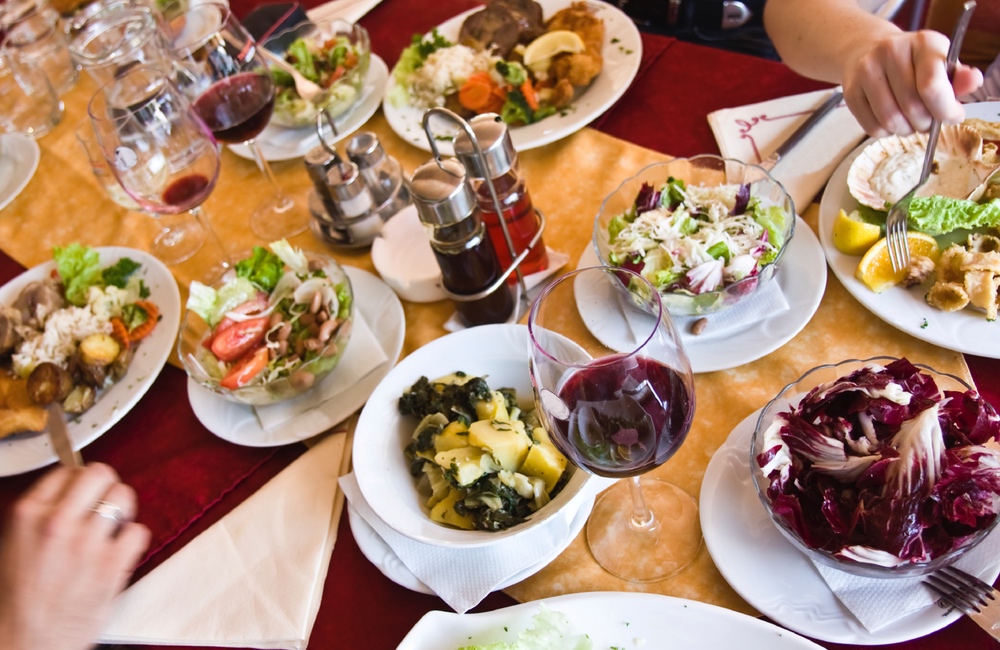If you’ve ever sat down in a restaurant and pulled up the calorie app on your smart phone for help in choosing something that fits within your calorie allowance, you know a good low calorie meal is not easy to find when eating out.
Restaurants portions are huge, and the calories in one meal can easily eclipse the number of calories you need for an entire day. No wonder so many of us are afraid to even look.
While fast food restaurants are often blamed for contributing to the obesity epidemic, they aren’t the only ones at fault. The majority of meals served in sit-down restaurants, whether large chain or locally owned, top the recommended calorie requirements for one meal.The highest calorie counts were found in American, Italian, and Chinese restaurants, averaging nearly 1,500 calories per meal.
Ninety-two (92) percent of the time a single meal — not counting beverage, appetizer, or dessert — contained more calories than are recommended for an entire day. The highest calorie counts were found in American, Italian, and Chinese restaurants, averaging nearly 1,500 calories per meal.
“These findings make it clear that making healthy choices while eating out is difficult because the combination of tempting options and excessive portions often overwhelm our self-control,” senior author, Susan B. Roberts, said in a statement.At restaurants we order our favorite dishes because they tempt us, and we overeat because the portions we are served are oversized.
“Favorite meals often contain three or even four times the amount of calories a person needs, and although in theory we don't have to eat the whole lot in practice most of us don't have enough willpower to stop eating when we have had enough,” Roberts added.
The reason people overeat at restaurants may be due more to biology than a lack of willpower. Before food even enters the stomach, biological changes in our body make us feel hungry and tempted at the mere thought, sight, or smell of food, and these changes continue while we are eating. So at restaurants we order our favorite dishes because they tempt us, and we overeat because the portions we are served are oversized.
If restaurants would reduce portion sizes or allow patrons to order partial portions at reduced prices, people might eat out more often and feel freer to order anything on the menu, knowing they could enjoy it in a more appropriate portion. This move could also help win one of the battles in the war on obesity.
The study is published in the Journal of the American Academy of Nutrition and Dietetics.





